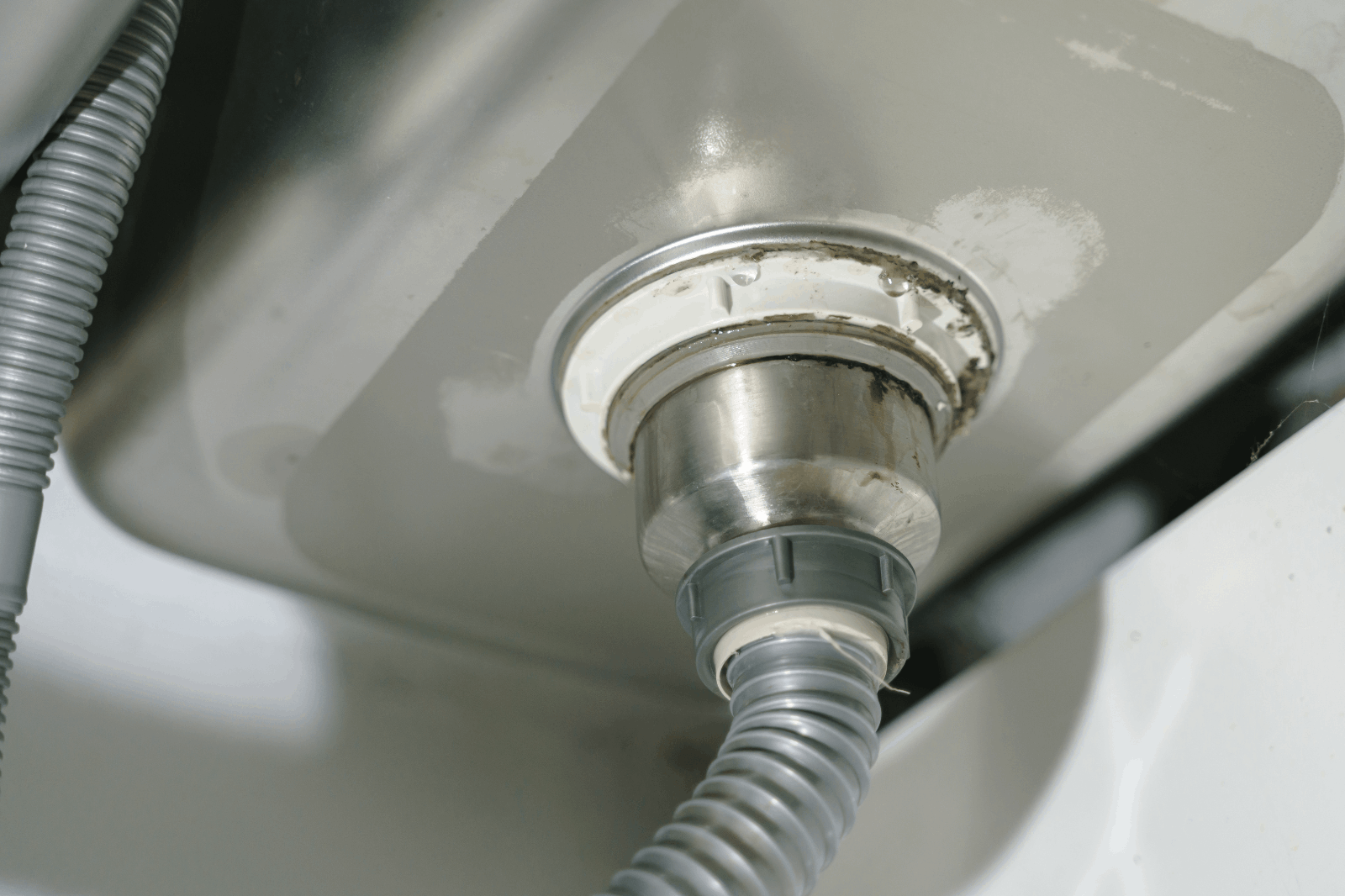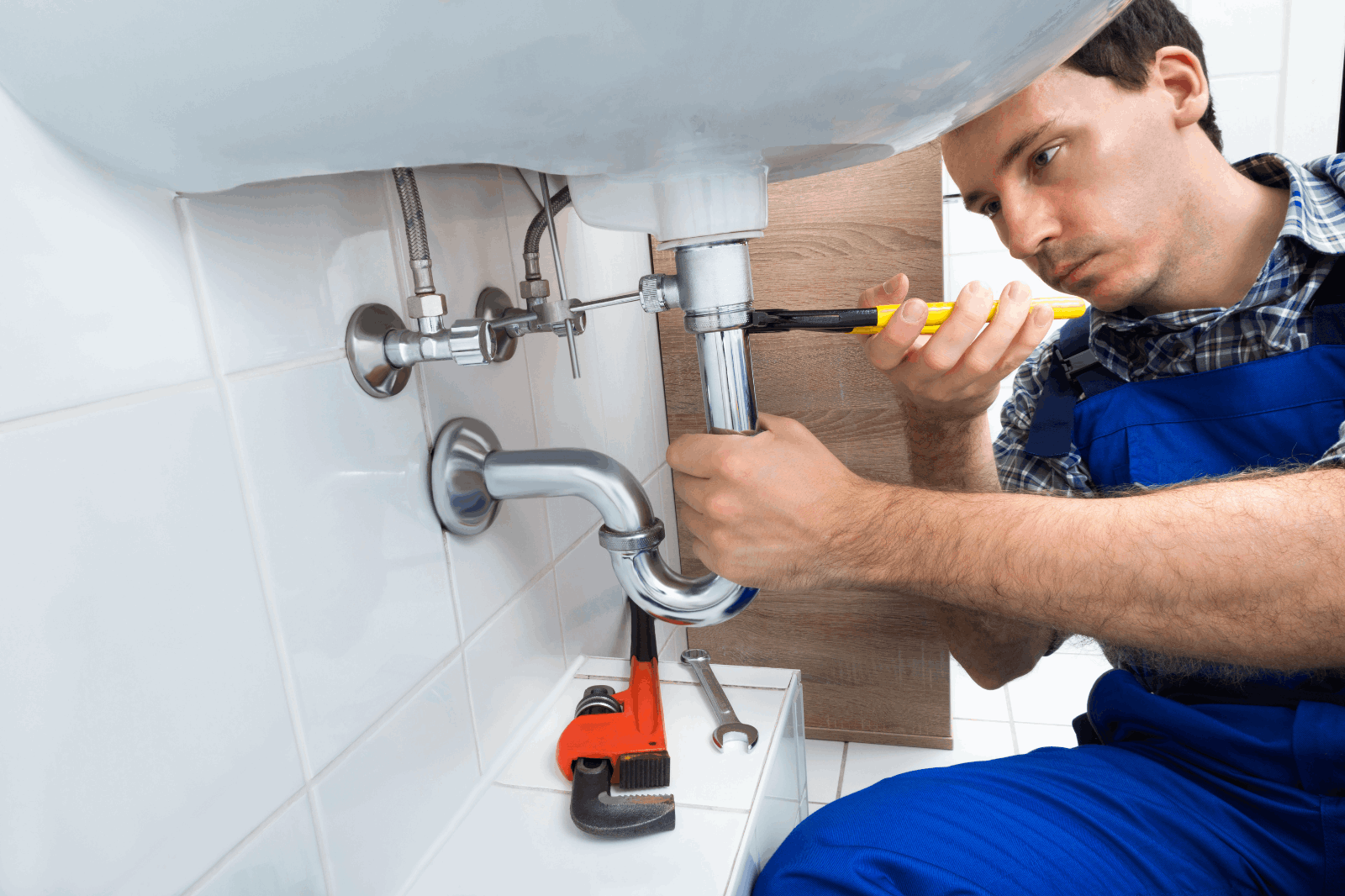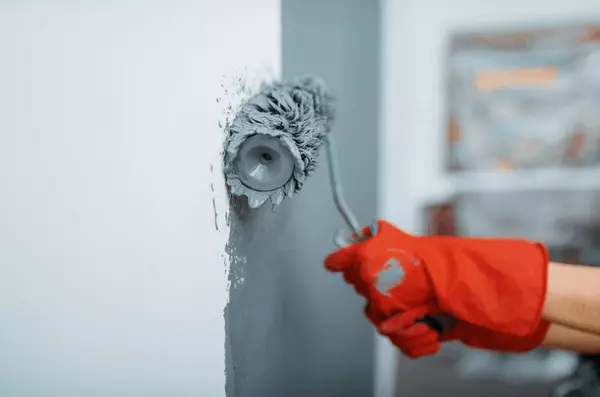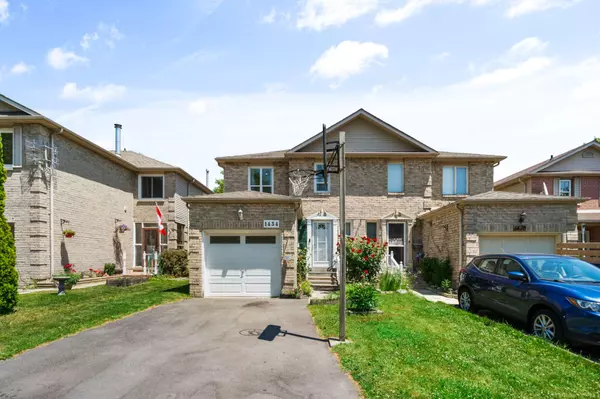Your Essential Spring Plumbing Check-Up Guide for Toronto Homeowners
The snow is melting, the days are getting longer, and the first hints of spring are in the Toronto air. While we eagerly anticipate warmer weather, this transition period can bring hidden challenges for homeowners, particularly when it comes to our plumbing systems. The dramatic shift from freezing temperatures to milder ones, coupled with increased rainfall, puts unique stresses on the pipes and fixtures that keep our homes running smoothly.
Unlike regions with consistent climates, Toronto's plumbing faces a significant test each spring. The expansion and contraction caused by winter's deep freeze can leave behind unseen cracks and weaknesses. As the thaw occurs and water begins to flow freely again, these vulnerabilities can manifest as leaks, drips, and even bursts. Ignoring these potential problems now could lead to inconvenient disruptions, costly repairs, and even water damage as the spring rains arrive.
Think of this as your comprehensive guide to navigating the plumbing challenges of the spring thaw in Toronto. By taking a proactive approach, you can safeguard your home, prevent unexpected emergencies, and ensure your plumbing system is ready to handle whatever the season brings.
Why Toronto's Spring Thaw Demands Plumbing Attention:
Our climate's drastic temperature swings make spring a critical time for plumbing maintenance:
- Expansion and Contraction Aftermath: Water expands when it freezes. If pipes weren't adequately insulated or drained, ice formation can cause cracks or weaken the pipe material. The spring thaw allows water to flow through these compromised areas, leading to leaks.
- Ground Movement: The freezing and thawing of the ground can cause shifts in your home's foundation and the surrounding soil, potentially putting stress on underground water and sewer lines.
- Increased Water Flow: Spring often brings significant rainfall and snowmelt. This increased volume of water can overwhelm drainage systems and put extra pressure on sump pumps, especially in Toronto homes with basements.
- Hidden Damage Revelation: Small cracks or weakened connections that didn't cause problems during the frozen months can become significant leaks once the water flows consistently again.
Your Comprehensive Spring Plumbing Maintenance Checklist for Toronto:
Grab a flashlight and a keen eye – it's time for a thorough plumbing audit:
1. Inspect All Faucets and Fixtures (Inside and Out):
- Kitchen and Bathrooms: Carefully examine all faucets, showerheads, and taps for any drips or leaks. Check around the base of the fixtures for water stains or dampness. Pay attention to loose handles or unusual noises when turning them on or off.
- Outdoor Spigots: Turn on your outdoor faucets and check for leaks around the connection to the house and the spigot itself. Ensure they turn off completely without any dripping. Inspect for any cracks in the spigot itself, which could have occurred due to freezing.
2. Examine Under Sinks and Appliances:
- Cabinets: Open the cabinets under your kitchen and bathroom sinks. Use a flashlight to thoroughly inspect all visible pipes, connections, and the drain assembly for any signs of moisture, corrosion, or drips. Feel the pipes for any dampness.
- Water-Using Appliances: Check the connections to your washing machine, dishwasher, and water heater for any leaks or signs of corrosion. Look for puddles or dampness around the base of these appliances.
3. Monitor Your Toilets:
- Flushing and Refilling: Observe how your toilets flush and refill. Listen for any hissing sounds that might indicate a slow leak in the tank. Ensure the flapper valve seals properly to prevent constant running.
- Stability: Gently rock the base of your toilets to ensure they are securely attached to the floor. Any wobbling could indicate a loose seal, potentially leading to leaks.
4. Pay Attention to Your Drains:
- Sink, Shower, and Tub Drainage: Note how quickly water drains from your sinks, showers, and bathtubs. Slow drainage is often an early sign of a developing clog, potentially caused by debris loosened during the thaw.
- Unpleasant Odors: Any foul or unusual smells emanating from your drains could indicate trapped debris, bacterial growth, or even a potential issue with your sewer lines.
5. Inspect Exposed Pipes:
- Basement or Crawl Spaces: If you have exposed pipes in your basement or crawl spaces, check them for any signs of corrosion, leaks, or damage that might have occurred over the winter. Look for any condensation that could indicate a potential issue. Pay close attention to areas that may have been vulnerable to freezing.
6. Focus on Your Sump Pump (If Applicable):
- Functionality Test: For many Toronto homes, especially those with basements, a functioning sump pump is crucial during spring rains and snowmelt. Test your sump pump by pouring a bucket of water into the sump pit. It should turn on automatically and pump the water out efficiently. Ensure the discharge pipe is clear and free of obstructions. Listen for any unusual noises or sluggish operation.
7. Check Your Water Meter:
- Leak Detection: Turn off all water-using appliances and faucets in your home. Then, check your water meter. If the meter is still running, you likely have a leak somewhere in your system.
Taking Proactive Steps:
- Clear Drains: Regularly flush drains with hot water. Consider using a natural drain cleaner to prevent buildup. Avoid pouring grease or food scraps down drains.
- Inspect Insulation: Check the insulation around your pipes, especially in unheated areas like basements and garages, to ensure it's still intact and providing adequate protection.
- Trim Vegetation: Trim any tree roots or overgrown vegetation near your water and sewer lines, as these can sometimes infiltrate and cause damage.
- Educate Your Household: Remind everyone in your household about responsible water usage and what not to flush or pour down drains.

When to Call a Plumber in Toronto:
Don't hesitate to contact a trusted and licensed plumber in Toronto if you notice any of the following:
- Significant leaks or water damage.
- Recurring clogs or very slow drains.
- Unusual noises coming from your plumbing system.
- Any concerns about your sump pump's operation.
- A consistently running water meter when all fixtures are off.
- Frozen pipes that you cannot thaw safely yourself.
- If you are uncomfortable or unsure about any aspect of the inspection or maintenance.

Investing in regular spring plumbing maintenance and addressing issues promptly can save you significant time, money, and stress as Toronto transitions into warmer and wetter weather. By being proactive, you can ensure your home's plumbing system remains reliable and efficient throughout the changing seasons.
Categories
Recent Posts










Send us your Questions or Comments.
ABOUT US
Real Impact Group specializes in helping clients achieve their heart's desire through Real Estate. While making a lasting IMPACT on our clients' lives, we also treat each one as a valued member of our family.
130 KING ST W UNIT 1800B TORONTO,
Ontario M5X1E3, Canada
+1(647) 271-5461
RESOURCES
VISIT US ON YOUTUBE
Are you thinking about moving to Toronto and surrounding areas? This channel is all about living in Toronto Canada, moving to Toronto Canada, and relocating to Toronto Canada. If you want to know everything about eating, sleeping, working, playing, and the good and bad of living in Toronto and surrounding areas, then subscribe & tap the for notifications 🔔 so you can be the first to know about the current market in Toronto.



